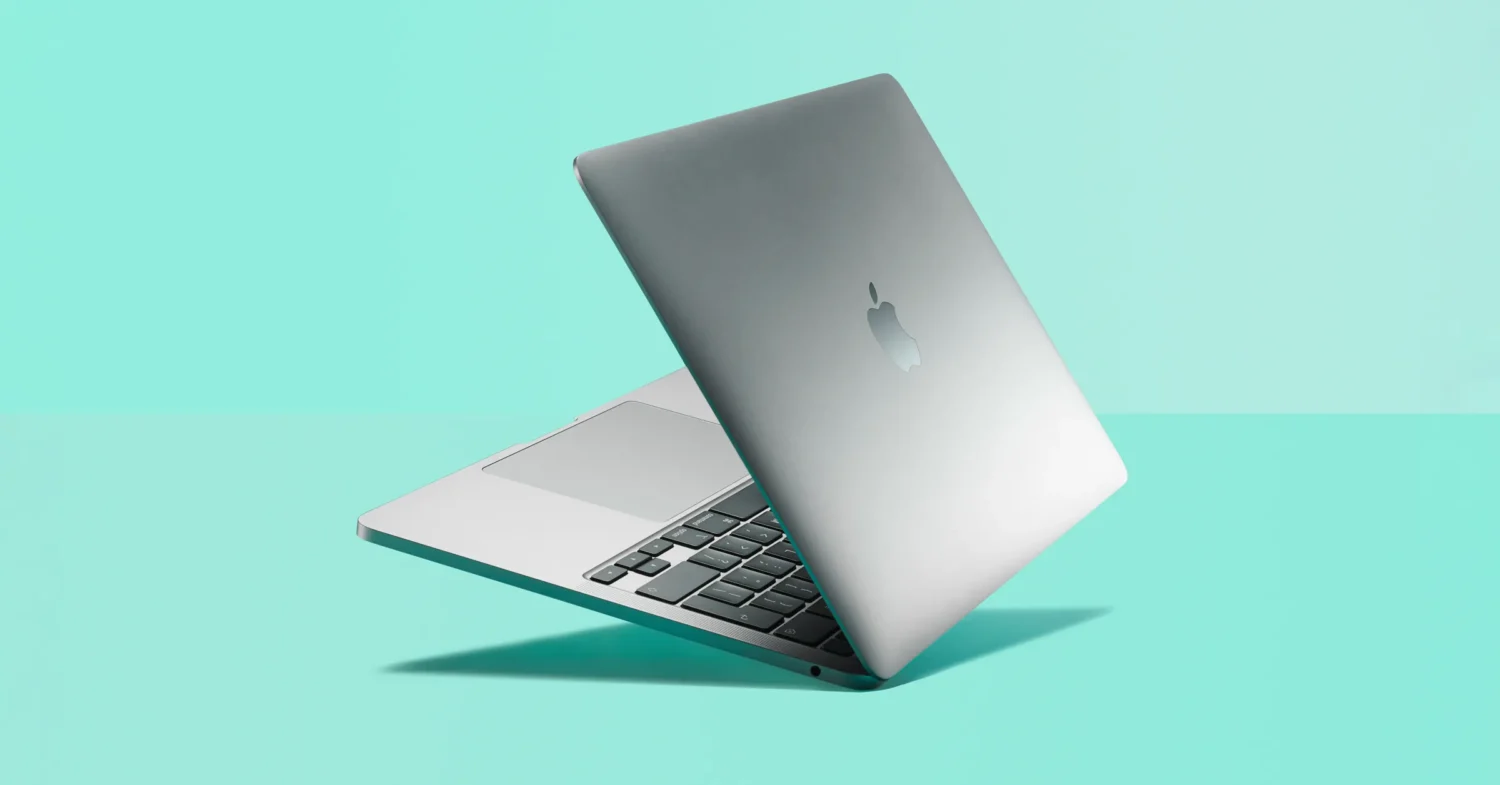
We’ve all been there. When it’s time for a new computer and you open up your local computer store or favourite laptop manufacturer’s catalogue and in no time at all, you’re a bit overwhelmed with all the choices. When you consider the vast array of different hardware specifications, screen sizes and types, selecting a new laptop can take quite a lot of computer savvy and know-how. Understanding some of these specifications is necessary to ensure you get the right laptop for your specific needs, whatever they might be. Let’s take a comprehensive look at the different types available to you when it comes to laptop computers, and why you’d select each one.
Laptop Screen Sizes
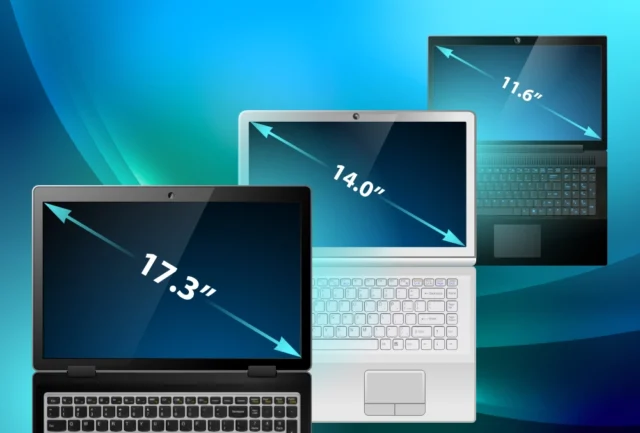
Let’s start, before we look at types, with the laptop screen. This is the biggest determining factor of how big a laptop is as the laptop needs to be big enough to support the screen. Screens range in size and are measured in inches diagonally from corner to corner. A laptop screen can be anywhere from 11” to 17.3”, though the most common sizes being used are 13.3”, 14” and 15.6”. For users who require a good balance between portability and performance, like university computer science students, Lenovo offers a great selection of different screen sizes in their range.
Generally, the more portable laptops opt for a 13.3” screen, and the most standard laptop screen size on the market, particularly in entry-level offerings, is the 15.6” option.
Now that we’ve covered screen size, let’s look at the laptop types you might encounter.
The Traditional Laptop
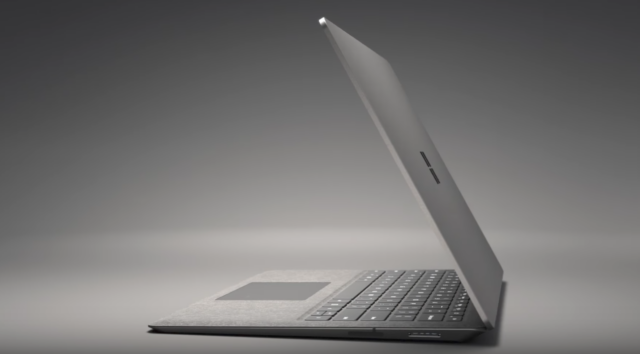
This is the laptop that you think about first. It’s been around for decades, and it’s just about as classic and reliable as it gets. The traditional laptop features a flip-up screen that folds down to cover and protect the keyboard and make the laptop compact to carry around. It fits easily into a laptop carry bag or backpack and is quick to set up and use. It will always be the bread and butter of laptop design and makes up a vast majority of laptops in use today.
It’s available in many different shapes, sizes and colours, all of which perform the same function. It’s a relatively lightweight portable computer you can use wherever you are, and easily transport or carry around with you when you need to. They’re the most cost-effective laptop type thanks to the great number of them produced by manufacturers.
Amongst power users and enthusiasts who seek more adaptability and versatility from their laptops, however, the design is falling out of favour thanks to the popularity of touch screens and tablet computers.
The Ultrabook
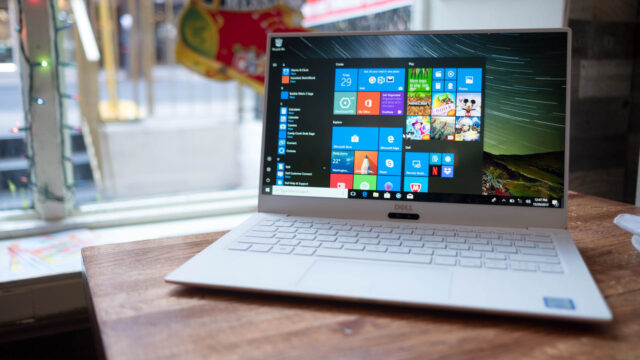
An Ultrabook at first glance looks a lot like the traditional laptop design, but with a very important difference. They’re a much newer entry into the laptop market, having surfaced around 2010, and are designed primarily for users who desire portability above all else. Thanks to less power-hungry computer components and technologies, they need smaller batteries, which allows the Ultrabook to be very thin, small, and weigh very little. They can do this while delivering impressive battery performance of up to and exceeding 10 hours when used on battery saving mode setting.
You have to sacrifice something for the reduction in size and weight, and generally, users lose some audio quality, connectivity options USB and network ports and lower performance and speed than traditional laptops that can use higher performance components when weight and size are less of an issue.
The Ultrabook also comes at somewhat of a price premium, so be prepared to pay more than you would for a traditional laptop if you need that portability you get from the lightweight Ultrabook laptop.
The 2-in-1 Convertible
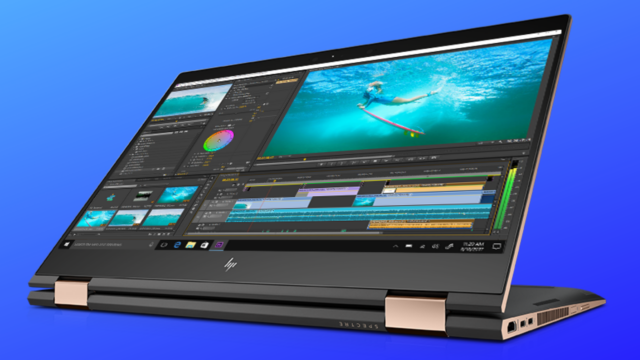
The 2-in-1 convertible laptop is essentially an Ultrabook that can take on two very different forms. Essentially, to be a convertible laptop, it needs to be able to convert between a more traditional laptop and something that closely resembles a tablet computer. It does this in a couple of different ways, depending on the manufacturer and the model.
2-in-1 laptops have touch screen interfaces and often ship with a stylus pen, or one is available to purchase as an optional extra. These laptops convert by either swivelling the screen almost 360 degrees until it is flat against the top lid of the laptop, turning a traditional-looking laptop into a tablet or by having the screen swivel 180 degrees and face backwards so that, when you close the laptop, the screen is facing upwards. The laptop can then be operated in much the same way you would a tablet.
The Detachable Keyboard
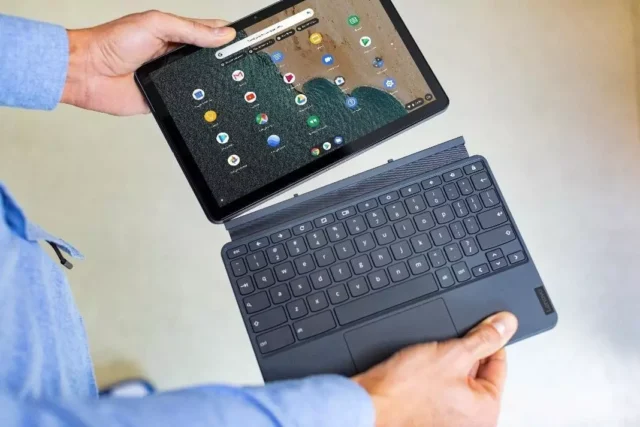
The detachable keyboard, popularised by devices like the Microsoft Surface, allows the screen part of the laptop to be fully disconnected from a dock-like keyboard. This turns it into a tablet, saving the space and weight taken by the keyboard. It’s designed for users who occasionally work at a desk, but are more often than not mobile, like a stockroom manager or a dispatch controller. They’re incredibly versatile devices with impressive battery life, and with all the features of the traditional laptop. They too come at a price premium and don’t offer nearly the same performance as more traditional laptops.
The Pure Tablet
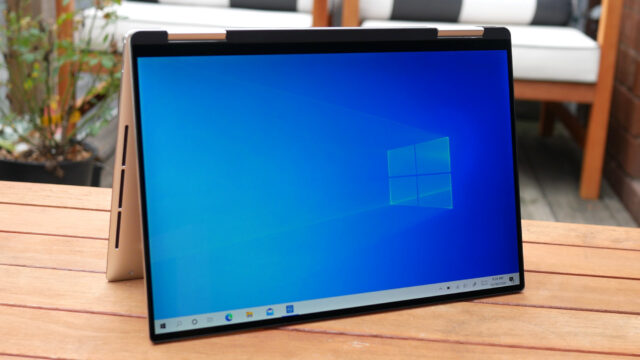
The last type that should get a mention is what was called a netbook, but today, more often than not, it is called a Chromebook. This device is typically a lower-power and low-specification laptop designed to be used with internet-connected software and cloud services, like those provided by Google. Many laptop manufacturers offer Chromebooks, and they can closely resemble other types on this list, but they don’t have the processing power to run a full operating system.
Now you know what kind of laptop computers are available, and why you might want to consider each, you should be able to make a better decision about which laptop to get. Of course, you’ll still need to get the right internal components to match your needs, but at least you’ve got the type sorted out!













